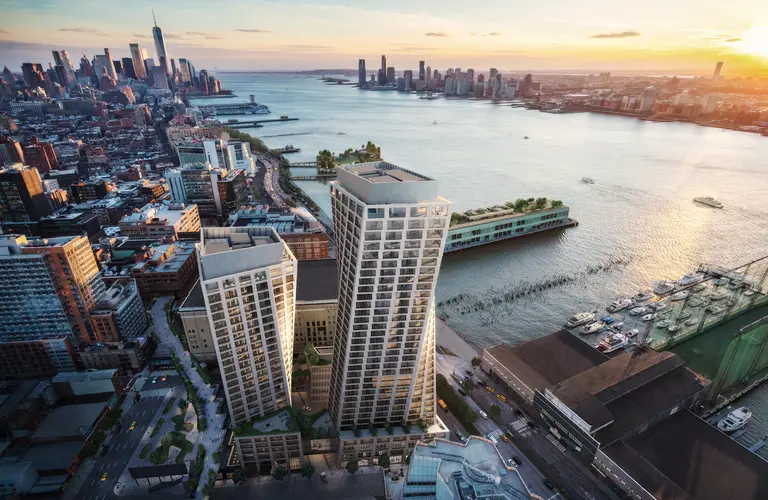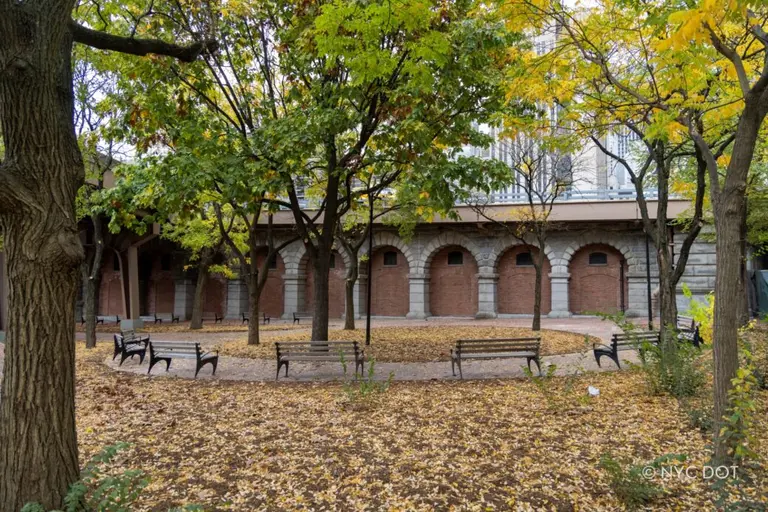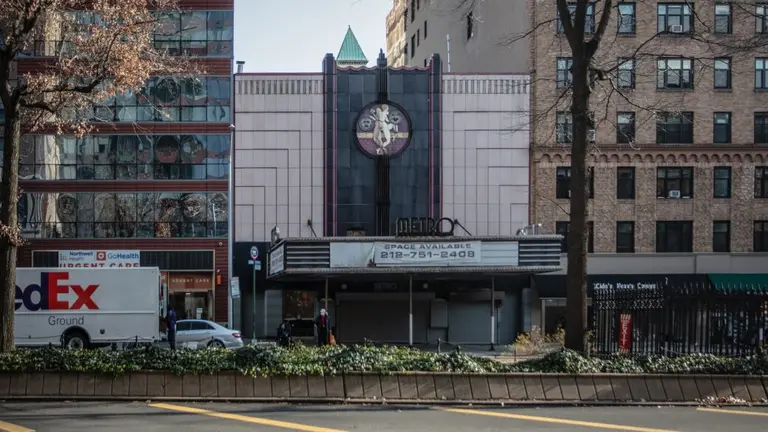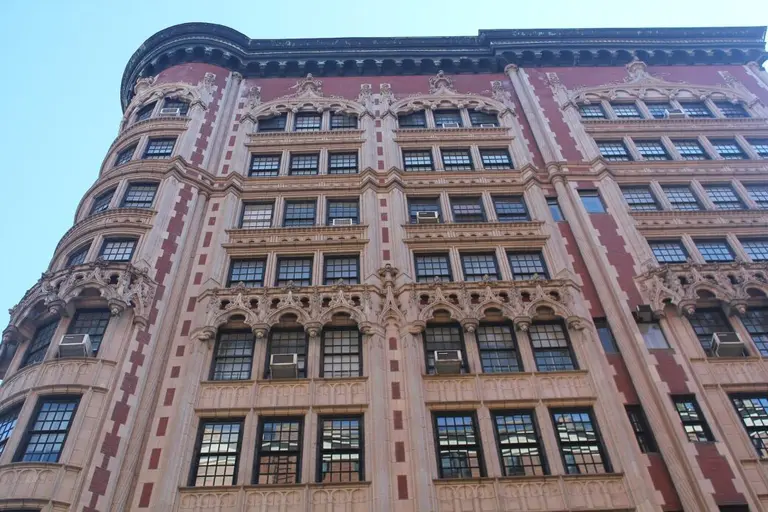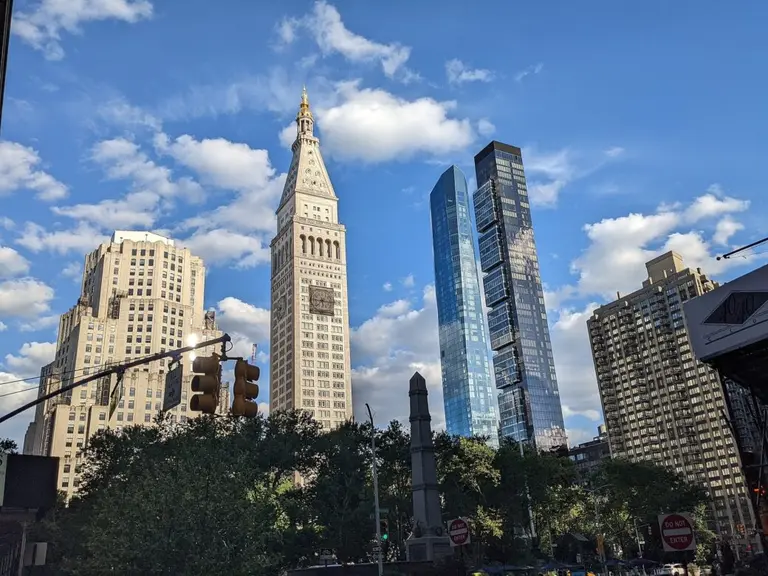Why now is the right time to move to New York City
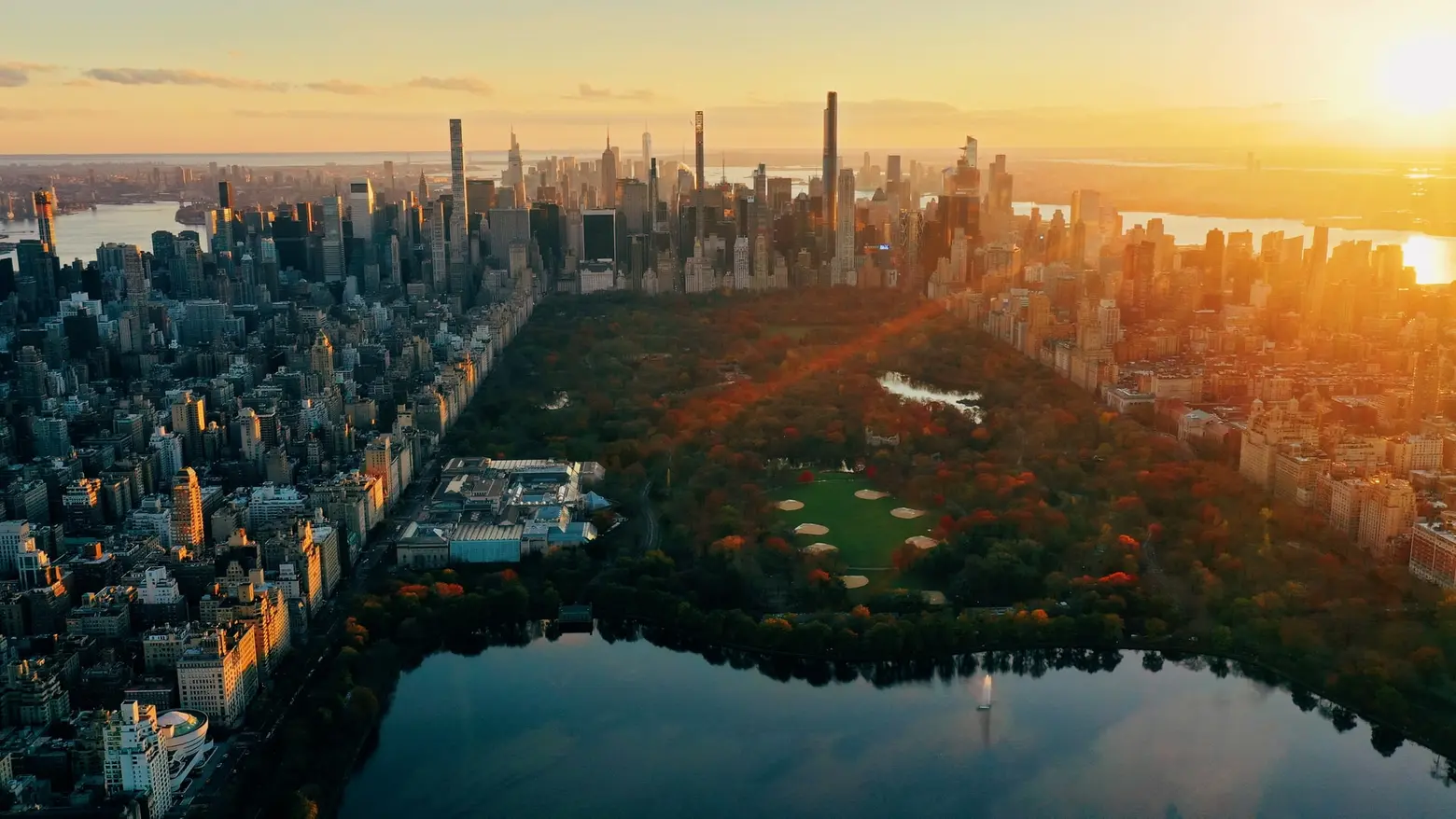
Photo by Valentin Wechsler on Unsplash
In November 2020, Heather White decided it was time to move to Brooklyn and open her gym’s second location there. She founded Trillfit, a runaway fitness sensation, in Boston and was ready to expand. People in her life told her New York is not the place to be right now. Her response: New York is always the place. “When everybody goes left, we go right.”
It’s the best-kept secret among New Yorkers—now is the time to move to New York City.
If you’ve turned on a TV or read a news app in the last year, you’ve heard the chorus of eulogies: New York City is Dead. Eerie images are plastered before us of cavernous retail avenues, abandoned plazas, and rising crime.
Author, comedy club owner, and former hedge-fund manager James Altucher went as far as publishing an article in August entitled: “New York City is Dead Forever. Here’s Why.” Economist and co-host of the Freakonomics podcast, Stephen J. Dubner, published an episode in October: “Is New York City Over?” (And we thank him for the courtesy of the question mark.)
But those who are here now feel the palpable electricity of possibility, collaboration, and solidarity crackling through the air. The opportunity that has always made this city the magnet for the willful and ambitious is stronger—and more evolved—than ever. There are a few reasons for that.
Though many speak of a COVID-induced exodus, the truth is that the city’s population was declining even before this global crisis. The lack of affordable housing, barrier to entry in many industries, and poor job growth led to a steady population loss over the past 10 years. According to Bloomberg, 2,600 people were leaving the city every week prior to the pandemic. New York City felt saturated and impenetrable, deeming the American dream all but out of reach for most newcomers.
This past year, however, upended many preconceived notions of how the city should function. We are now asking ourselves: What could be done with all of the vacated office space? Could former commuter-reserved parking become something more public? How can we infuse culture back into our city safely? How do we make people feel secure taking public transportation? Is there a way to spread accurate information quickly, especially to disadvantaged areas?
Now, baring its scars and bruises and facing a torrent of unanswered challenges, New York City welcomes those with fresh ideas and the will to bring them to life.
All of these factors can be seen culminating in the explosion of entrepreneurship taking place in New York. According to the latest figures released by the US Census Bureau, more than 29,000 start-up applications were filed in January 2021 in New York State, up from around 18,000 in the same period in 2019.
Ari Grazi is one of those entrepreneurs. His company Indiewalls curates and commissions artwork for hotels and offices. When nearly all of his projects were put on pause at the start of the pandemic, he began manufacturing product lines of commercial-grade posters with COVID guidelines made for small shops, and a line of games for quarantiners sitting at home, both designed by independent artists and produced in Brooklyn. Most significantly, an effort entitled “Give A Sign” was born, in which Indiewalls commissioned local artists to design stunning large-scale murals of gratitude for healthcare workers and posted them up across the street from the largest hospitals in the city.
This took coordination among artists, manufacturers, and the owners of the real estate where the signs were put up. “There was a real sense of benevolence,” said Grazi. “People that would normally not pick up our phone calls were answering and asking: How can I help? There’s a sense that we’re all in this together.”
Down the river in Red Hook, business partners Brian Chu and Conor Coghlan pivoted from designing and building millwork for retail and office spaces to manufacturing work-from-home desks and other furniture that can be quickly assembled. All production for their new line, Hoek Home, is based in Brooklyn.
“I don’t think we could do it in other cities,” said Chu. “There’s such a network of people that are grinding and hustling and want to help each other out. Now more than ever, people want to support local, smaller, and independent brands.”
Coghlan, who moved to New York from Ireland nine years ago, agrees. “This is when success stories are made.”
Indiewalls and Hoek Home are not outliers. Emily Laquinta in Astoria launched her own fashion brand, Young Diane, after the bar she worked at was indefinitely shut down. In Harlem, after being laid off from his restaurant job in March, Chef Melvin “Boots” Johnson began serving chicken and biscuits to frontline workers. He transformed the demand into Harlem Biscuit Company, a thriving restaurant business with co-founder Warren Satchell.
This rush of energy is not unexpected. In fact, world-renowned Harvard professor and expert in cities, Edward Glaeser, closely ties urban recovery after a disaster to independent business owners. In his iconic book, Triumph of the City, Glaeser writes that “Urban reinvention is made possible by…small entrepreneurs and a creative interplay among different industries.” He argues that “New York’s resurrection [in 2008] was primarily tied to an explosion of entrepreneurship.”
New York is at the inception of recovery now. And those who know the city best, or have always dreamed of knowing it, understand this is the moment to make their move.
RELATED:

